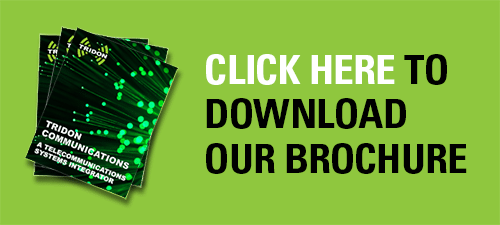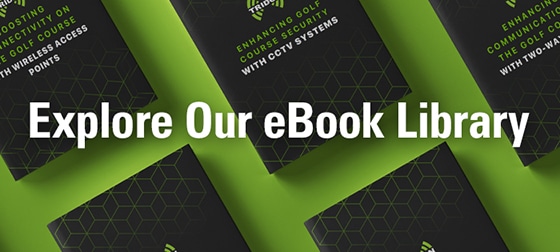Starting your cabling infrastructure on the right foot will make the consistent reliability of your infrastructure an easier goal to achieve. To that end, one of the earliest decisions to make is the type of cabling to use. In some instances, copper cabling is the most effective choice, but there are still factors to consider before you make a purchasing decision. The wire’s thickness (or gauge), the cable’s insulation, electromagnetic shielding, and outer jacket can all play a role in what the right cable choice will be and, once installed, how well your cabling layout will serve you. Another factor you’ll have to consider is where to use stranded and where to use solid copper cabling.
What’s the Difference?
One of the major differences between solid and stranded copper cabling is the way they are configured. Solid cables use one solid wire for each of the 8 conductors, while stranded cables have multiple wires, twisted around each other, for each of the 8 conductors.
Stranded Cables: Key Points Worth Knowing
Often, stranded cables are used in crimp connectors or as patch cables and are ideal for situations when the flexibility of a cable is a priority. Having this kind of flexibility makes the cable much easier to install, especially in more crowded or complicated environments like an office building.
Typically, stranded cables will be used to connect computers, printers or other network-dependent equipment to your organization’s network. They’re also the preferred choice for RJ45 (ethernet cable) plug termination because they offer a more reliable connection than solid cable. This means they also have a greater degree of ‘flex life, meaning stranded cables can be bent more than solid without breaking and needing replacement. In addition to being more flexible, stranded cables are quite resilient, and don’t suffer the same degree of performance loss as solid cables when cracks and scratches appear.
There are a couple of caveats to consider, though. The more strands present in a stranded cable, the more flexibility you have to work with. But that flexibility comes at a higher price point. Know what you need and work with your installer to make sure it fits your requirements and your budget. Also, stranded cables suffer a higher degree of signal loss (also known as attenuation) the longer the cable run gets. Ideally, you would want to keep a stranded cabling run to 6 meters or shorter. Keep that in mind as you plan your cabling layout with your installer.
Solid Cables: Key Points Worth Knowing
One of the first things you’ll notice about solid copper cabling is that it is generally more affordable. The comparably simpler production process means that less time and fewer resources are required to manufacture it, making it easier and cheaper for producers to get out the door.
Solid cable runs are usually a single wire from well-suited to horizontal runs. They are far less flexible than their stranded cable counterparts, meaning they shouldn’t be bent or twisted repeatedly as this could seriously hinder performance. Because of this requirement, solid cables are better suited for installations in lower-traffic areas, like connecting a server room to a cabling hub hidden in the rafters or connecting that cabling hub to an outlet. They’re well-suited to backbone cabling purposes and cable runs in CAT6 environments with a high potential for electromagnetic interference. It’s an ideal choice for in-building or inter-building structured cabling layouts as well.
Solid copper cabling is much more durable than stranded, meaning it can be used in outdoor applications or rugged environments and stand up to the elements (like heavy rain or high wind) and still perform within specifications.
Which Do You Choose?
As you’ve likely guessed, the extent to which you use stranded more than solid cabling, or vice versa, will depend entirely on your project and your needs. Going with the cheapest solution may not save you as much money as you think if the solid cable you purchased ends up breaking once it’s bent. Going with the most expensive solution may not be the best either; do this and you may find that your stranded cable can’t hold up to the environment, or that you’re dealing with signal losses because of long cable runs.
It’s almost a guarantee that you’ll end up using some of both. Determining how much of which, and where it will be used, is something that will be determined in the planning process.
Getting Started
Planning your cabling layout is essential to making sure you get and use the right cables. It’s worth repeating that this layout is just as much a part of your infrastructure as your HVAC system or your electrical wiring. While it can be repaired or upgraded, getting it right from the beginning will minimize downtime and frustration and help you get the most out of your environment.
If you’d like to start that planning process, or if you’re looking for a second set of eyes, Contact Us. Our Communications Engineers and Cabling Technicians have years of experience in the field, and we’re here to help.
Tridon is a full solution Telecom Systems Integrator with CSA certification and licensed by APEGA. Our Engineering, Service and Tower Divisions collaborate with customers to build engineered solutions including communications systems design, tower inspections, and co-location, wireless broadband, fiber optic cabling, site security, and two-way radio communication.



